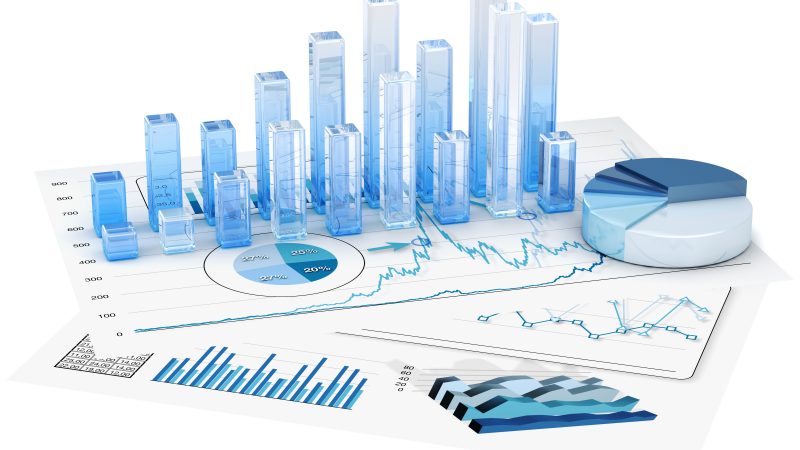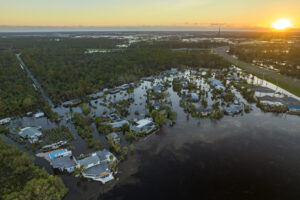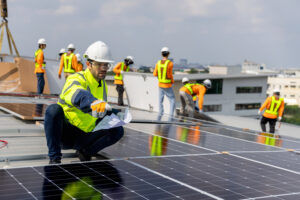Upgrading to LED lighting often dramatically improves the quality of lighting in our workplaces and businesses. However, most businesses must also justify the upgrade by showing a reduction in operating costs. Depending on how the project is structured, most upgrades are “cash flow-positive” as soon as installation is complete. The question is, how can we prove that our upgrade is performing as intended? And the related question: Is there even more that we can do to save energy? Questions such as these have led to the development of Measurement and Verification processes, also known as M&V.
Measurement and Verification Protocol
As financial and environmental costs of energy use became worrisome, a nonprofit industry group, Efficiency Valuation Organization (EVO), was founded. With support from the Department of Energy and a global network of members, EVO released the International Performance Measurement and Verification Protocol (IPMVP) in 1997. The goal was to help industries engineer and validate energy conservation measures (ECMs).
In reality, we cannot measure energy savings because this is energy use that has been avoided through an ECM. The M&V approach begins by carefully defining a baseline energy use profile. For lighting projects, this can be prepared by compiling the watts used per fixture type, the fixture quantities, and the annual operating hours. Some utilities charge not only for energy use per kWh but also for the peak kW demand. The recent heat waves of this summer have put kW demand in the spotlight. Temperatures soaring above 111 degrees Fahrenheit in Southern California strained utilities beyond capacity. This caused a blackout for thousands of customers. As a result, M&V activities will often include measurement of both kWh energy use and kW demand during peak hours.
If the building is equipped with lighting controls that are not time-based, it may be necessary to install sub-meters or data loggers on those lighting circuits and verify time-of-use. Depending on how much variability there is in building occupants and activities, it may be necessary to measure for at least two weeks and often longer. If the usage patterns are complex, the data record must continue long enough to allow the creation of an accurate statistical model of energy use. The simplified baseline lighting energy use is then adjusted according to the statistical model that was developed.
Adjusting for Inadequate Lighting
In some situations, we find the customer’s facility to be inadequately lit. As lighting experts, we explain to the client the benefits of improved lighting, including compliance with codes, IES guidelines, functional requirements, sales appeal, safety, and productivity. In such cases, it is appropriate to adjust the baseline energy usage to reflect what the usage would have been had the facility been adequately lit and include this adjusted baseline as a reference along with the “as-is” baseline.
The M&V project will measure the existing lighting levels in representative areas of the building, both inside and out, as applicable. Exterior areas are measured at night, with horizontal foot-candle (FC) readings taken at ground level, and vertical FC readings taken at 60” elevation. For interior lighting, the horizontal readings are taken at 30” above floor level as this represents a typical desk height. In addition, FC readings will be taken at specific work areas having unique needs.
M&V always presents a trade-off between the cost and time involved versus the benefits of higher levels of accuracy. In most lighting upgrades there is a diminishing benefit unless the usage patterns are complex, and advanced controls are being considered. The scale of the project is relevant—smaller projects don’t merit an extensive M&V effort. Many customers have very simple rules for operating hours, so data logging is not required. In some cases, there are concerns about ambient temperatures or power quality due to heavy machinery, welding machines, or certain types of electronic loads. For these, M&V may be expanded to include a temperature recording or a power quality assessment.
We can discuss these and other options once you take the first step by scheduling a free BSE lighting audit. Our goal is always to provide you with the best lighting upgrade that fits your unique needs.
Submitted 3.28.2019 by the VA Technology Office
© 2019 Big Shine Energy and Big Shine LED




